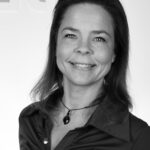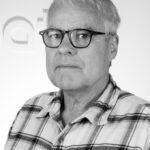The feasibility of enriching fish cakes with long chain omega-3 polyunsaturated fatty acids (n-3 LC-PUFAs) as a source of high quality lipids and seaweed extracts as a natural antioxidant was investigated. The LC-PUFAs were in the form of bulk cod liver oil and microencapsulated fish oil. The sensory quality and lipid oxidation were studied by means of chemical analysis, namely peroxide value (PV) and thiobarbituric acid reactive substances (TBARS), and sensory evaluation (descriptive analysis), throughout 28-days of refrigerate storage. In addition near-infrared (NIR) spectroscopy was assessed as a rapid tool to evaluate TBARS content. Omega-3 enriched samples showed slightly higher levels of lipid oxidation than the control samples but microencapsulation of fish oil seemed to protect PUFAs, leading to a lower content of peroxides and a lower rate of formation of secondary compounds during storage. Addition of seaweed extracts did not affect lipid oxidation nor the quality of the products as evaluated with descriptive analysis. No off-flavor was detected in any of the samples and low scores in rancid odor and flavor were registered.
Year: 2015
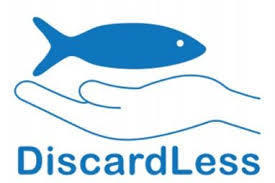
The inaugural meeting in the Icelandic part of the DiscardLess project took place at Matís last week. week, but the project aims to increase the full utilization of all catches caught within European countries and is managed by DTU in Denmark. The information and technology that comes out of the project will also be usable in other countries, as it is to everyone's benefit that seafood that is not requested or is not used is either not provided or fully utilized for increased value creation.
The big issue is not to catch seafood that is not used for value creation and thus it is possible to reduce the waste of a limited resource. But sometimes it happens that unwanted catch is caught and bycatch is a clear example of this. It is therefore important to ensure that such power is utilized as much as possible. In addition, it must not be forgotten that it is important to make full use of the catch we want to land so that as much value as possible is created from each kg of seafood caught. Icelanders have done particularly well in the full utilization of various fish species, especially cod.
More about DiscardLess can be found in the brochure about the project as well as on CORDIS page of the project. Matís' contact with the project is Jónas R. Viðarsson and he provides all the details of this interesting and timely project.

Utilization of mink fat - Urðarköttur / Utilising minkfat - Urðarköttur
Annually, about 30-40 tons of mink fat are produced by skin processing in Iceland. To date, the fat has not been utilized but has been landfilled along with the carcasses of the animals with associated costs and environmental impact. In order to make Icelandic mink breeding more competitive and environmentally friendly, it is important to increase overall utilization by utilizing the fat and making it a sought-after commodity just like the skins. The main idea of the project was to develop a product line for horses and horsemen where the basis is mink oil made from mink fat from Icelandic mink farms. Emphasis was placed on the development of ointments from mink oil and Icelandic medicinal herbs for the treatment of muck, but the intention is to produce soaps for washing horses and leather grease for riding clothes and leather clothing. Information on the processing of mink fat and medicinal herbs in ointments and other similar products, admixture, packaging and storage was collected. The safety assessment was carried out in accordance with Annex I to Regulation (EC) no. 1223/2009 to ensure the safety of the product. A quality manual was also prepared in accordance with ÍST EN ISO 22716: 2007. The purification process was developed and improved to increase the quality and service life of the mink oil. The results of the project are a complete processing process for the purification of mink oil, information on the quality and fatty acid composition of the oil, information on plant extracts and basic instructions in ointment making. In addition, the safety of the product has been assessed with measurements of undesirable substances as well as a summary of associated safety documents such as safety data sheets, product description files and safety report. There is also a draft quality manual for Urðarkattar, which enables the manufacturer to produce a product with pre-defined properties as well as guaranteed quality and product stability at any given time.
Annually about 30-40 tons of mink fat is discarded in Iceland during mink skin harvesting. So far the fat has not been utilized properly, but the fat has been buried with the carcasses of the animals along with the associated costs and environmental impact. In order to make Icelandic mink farming more competitive and environmentally friendly it is important to increase the overall utilization by refining and processing the mink fat and turn it into an attractive commodity, just like the skin. The main idea of the project was to develop a product line for horses and riders where the main ingredient is mink oil derived from mink fat from Icelandic mink farms. The focus was on developing ointments based on mink oil and local herbs to treat pastern dermatitis in horses but the intention is to produce soap for washing horses as well as products for leather treatment, eg saddlery and leather clothing. This report summarizes the considerable amounts of data obtained regarding the processing of mink fat and medicinal herbs in ointments and similar products as well as additives, packaging and storage conditions. A safety evaluation was conducted in accordance with Annex I of Regulation (EC) no. 1223/2009 to ensure product safety. In this project work was performed to draft a quality manual according to ISO 22716: 2007. A rendering process was developed and optimized to enhance the quality and shelf life of the mink oil. Results of the project was an overall production process for refining of mink oil and information on the quality and fatty acid composition of the oil, as well as information on plant extracts and basic guidelines in making ointments with medicinal herbs. In addition, product safety has been evaluated with measurements of undesirable substances and a summary of relevant safety documents, such as safety data sheets, product data records and a safety report. A framework for a quality manual in GMP (Good Manufacturing Procedures) for cosmetics has been established for Urðarköttur ehf., Which enables the production of a product with well characterized properties and to ensure that the quality and stability of the product is the same at all times.
Report closed until 01.07.2017
View report
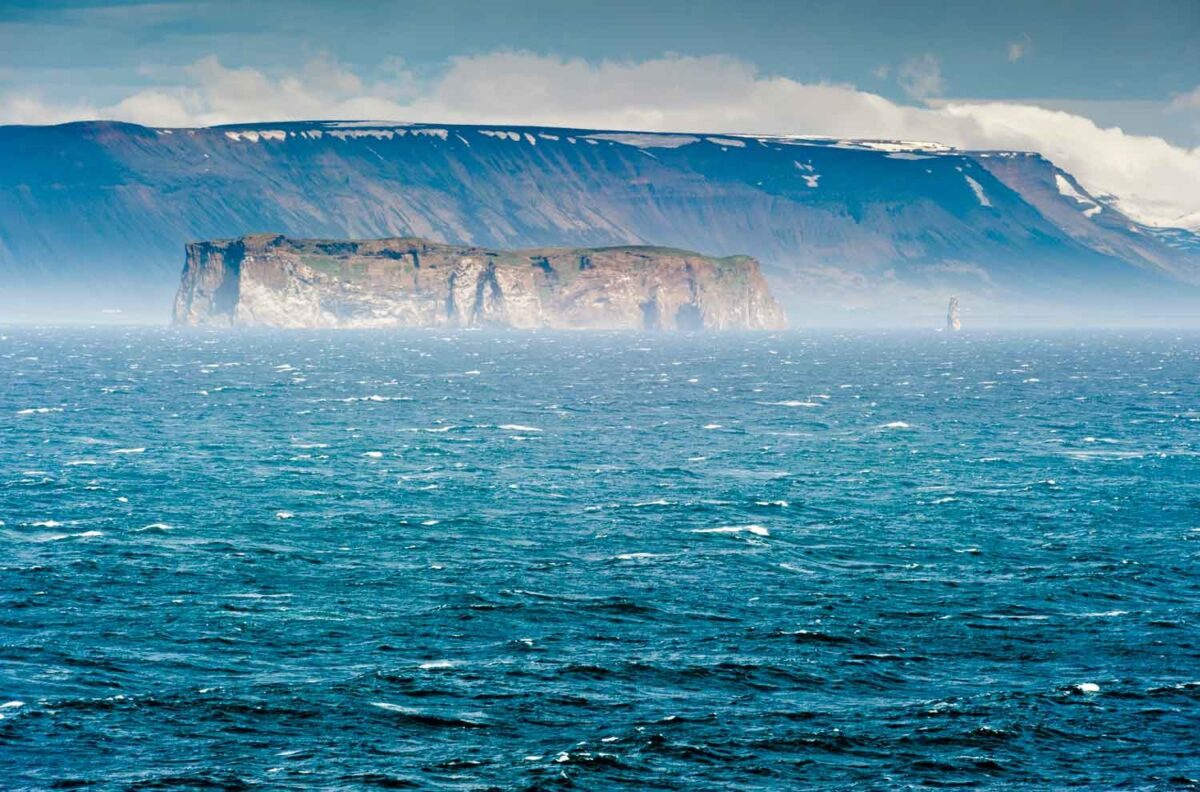
Dr. Christian Patermann is on his way back to Matís. Dr. Patermann is considered by many to be The "father" of the bioeconomy in Europe and he will, among other things, take part in a meeting that will be held at Verin in Sauðárkrókur on Thursday 28 May at 16: 00-17: 15.
After short presentations, discussions will take place. Among the participants in the panel are Ásta Pálmadóttir, local director, Hólmfríður Sveinsdóttir, managing director of Iceprotein and Friðrik Friðriksson, chairman of the board of Matís.
Everyone welcome! Coffee in a jug!
Let us all attend and take part in a discussion about the opportunities that lie in the bioeconomy for Skagafjörður.
For more information Guðrún Kristín Eiríksdóttir and Eva Kuttner.
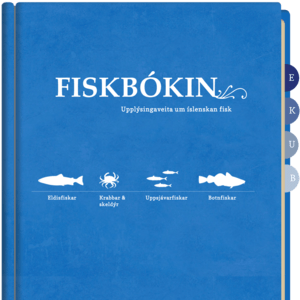
It's opened The fish book but the book is information about the main commercial fish, information about their catch, such as fishing areas, what time of year they are caught and the main fishing gear. With this electronic version of the Fish Book, it is possible to present a variety of information about fish and fish products, education and research related to them in a much more efficient and diverse way than is possible in a printed book.
The fish book is prepared in collaboration with Íslandsstofa, Association of Fish Processing Plants, now an association of companies in the fisheries sector (SFS), and Iceland Seafood International with support AVS Fisheries Research Fund.
The Fish Book was opened in the middle of a presentation by Matís employees on the multiplication of values for export to the Minister of Fisheries and Agriculture present at the conference Matvælalandinu in the last week.
Fiskbókin is the second in a series of electronic books from Matís than before The meat book been placed in the air.
The book is open to everyone for free use, however, the source should be mentioned if information from the book is used in any other publication. The book is stored in such a way that it can be printed out in its entirety, selected chapters or individual pages and used as part of promotional material. Each individual page is marked as the source and its content is unchanged.
For further information Óli Þór Hilmarsson at Matís.
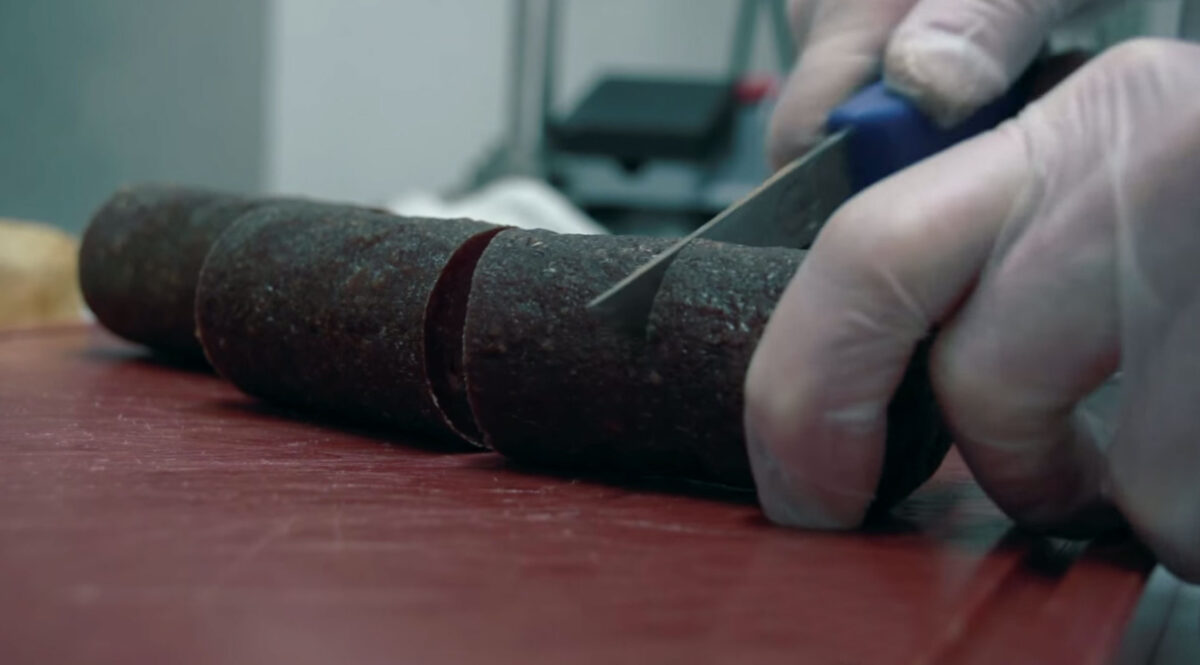
Tomorrow, Wednesday 20 May, there will be a conference and consulting day at Hólmur á Mýrum. The program starts at 11-14, but at the end of the program, interested parties are given the opportunity to have a private interview with Matís experts on everything related to food production.
The program can be found at home leaf is best.
For further information Nína Síbyl Birgisdóttir at Matís.

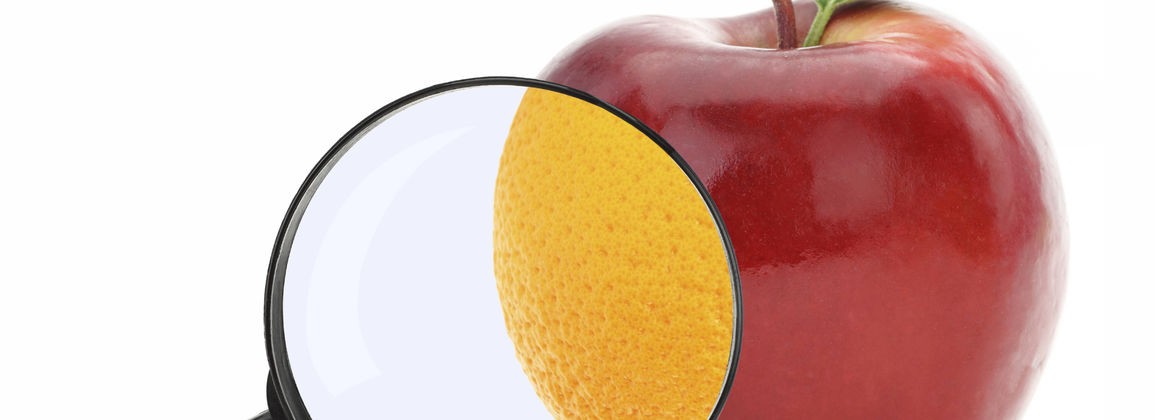
When food is inspected in the store, most people are wondering, for example, price, quality or health, we take it for granted that the product meets all the requirements for health and safety and it should not be food on offer in a store that is not perfectly fine.
We do not think much about how the health and safety of food is ensured, we do not often think about official regulators or research institutes, we just assume that someone will take care of this for us. And so it is to a large extent, Matís measures and monitors unwanted substances in food samples and the environment, and we can trust that we are working with integrity.
What may seem like a no-brainer today has not always been so successful. Various advances have shaped society, people's daily lives and challenges. For an island nation surrounded by viable seas, it is important to nurture the environment so that the resources can be utilized here as hitherto.
Most of the seafood is exported and sold to raise money for the community. For Icelanders, it is important to utilize the resources responsibly. Matís serves the entire food value chain with ambition, with an emphasis on key aspects of the value chain, including product development, with an emphasis on quality and stability, professionalism in handling and, last but not least, food safety.
In Iceland, there are an increasing number of powerful companies serving the domestic market with the production of professional safe food. Things usually go well thanks to tireless development.
Whether it's something bad or when working on innovations, Matís's experts are more often than not contacted. In this light, Matís collaborates in a variety of ways with either those who produce food, process food or those who serve those who do so. Matís has had good relations with consumers and companies.
Matís has worked on the development of the bioeconomy, either in the development of production processes that have brought billions to the national economy or with the support of entrepreneurs at the beginning of their operations and innovation.
The development of the Icelandic food industry would be insignificant if the precondition for value creation was not secure, security is a key factor in sound trade and monitoring is thus an important factor in food trade.
Monitoring involves the continuous collection of data on pollutants in food and the environment. Systematic data collection allows us to predict how the concentration of pollutants in specific areas has evolved and changed over time. Data of this kind are necessary in order to be able to demonstrate the safety of Icelandic food, protect its image and ensure the export income of Icelandic products. The data is also an important part of the Icelandic government's ability to meet its obligations and agreements with other countries regarding environmental pollution.
Matís has monitored undesirable substances in marine products, but it is necessary to regard such monitoring as a long-term project where monitoring and review of control factors, such as which seafood and substances are measured at any given time, is necessary. The main uses of the sea were monitored and between 60-90 undesirable substances were studied. These included dioxins and dioxin-like PCBs, but other PCBs, pesticides, heavy metals and PAHs were also measured. If there was a reason, a certain emphasis was added, for example new pollutants that little or nothing is known about in the Icelandic environment. The monitoring project provided the necessary information on the amount of undesirable substances in Icelandic seafood that can be used, among other things, to assess with scientific methods whether undesirable substances in Icelandic seafood are in accordance with food safety regulations and provide the Icelandic government, Icelandic seafood producers, markets and consumers scientific data on the safety of marine products. The results of the monitoring have been useful to seafood exporters, fisheries companies, regulators and others to show buyers of Icelandic seafood the status of Icelandic seafood in terms of safety and health.
Matís is therefore indirectly involved in ensuring the market access of Icelandic food or, as we like to look at ourselves: Matís - we're behind the scenes!
For more information Arnljótur Bjarki Bergsson and dr. Hrönn Ólína Jörundsdóttir at Matís.
This article first appears in Bændablaðið.
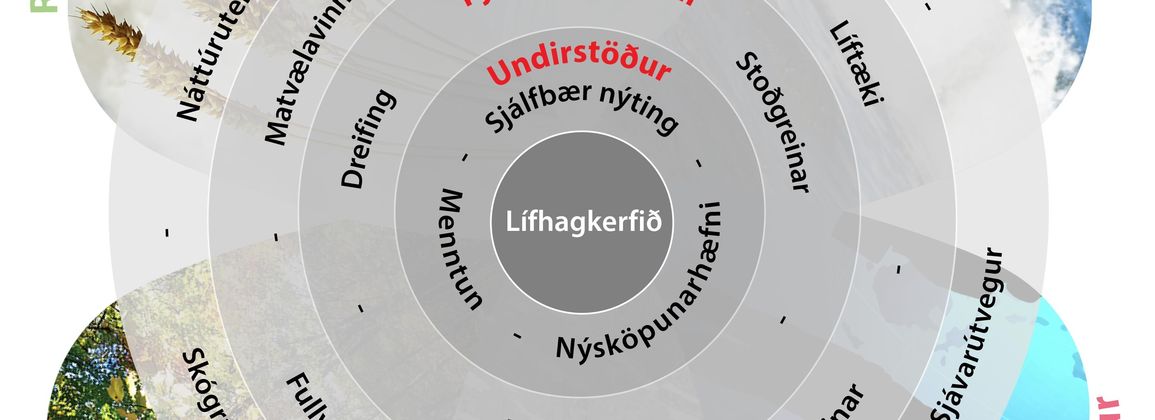
A bioeconomy is the part of the economy that is based on organically sustainable and renewable resources that can be found in the sea, fresh water, in agricultural areas, in forests or in the wilderness. Basic industries such as fisheries and agriculture are thus part of the bioeconomy, on top of which derivative industries and services are based, such as food processing, biotechnology-based production, creative industries, distribution systems and research.
Strengthening the bioeconomy
In order to promote the strengthening of the bioeconomy, it is important to work across different industries and to look at by-products from one industry as a possible flow of raw materials into another. There must also be certain pillars in society, the utilization must be sustainable so that the resources are in fact renewable, it is important that the supply of education is suitable and the innovation capacity of society must be ensured, not least the areas adjacent to living resources. . Today, the world economy relies heavily on oil production, not only for fossil fuel production but oil production is also the basis of the chemical industry. Oil resources are finite resources that will be depleted and their use will have a negative impact on the environment. The bioeconomy is considered to replace an economy based on oil production and thus move towards an economy based on the sustainable use of renewable resources.
Research and innovation focus
In Iceland, the utilization of organic resources, especially marine-related resources, plays a greater role in the economy than in many other places. When looking at the Nordic, European and other regional or international research and innovation programs, it is clear that there is an increasing emphasis on the bioeconomy. This increased international emphasis on the bioeconomy opens up opportunities for Iceland to participate broadly in research and innovation with the aim of increasing value creation and strengthening the Icelandic bioeconomy. It is therefore important to seize the opportunity and that Icelandic research and innovation emphases support this development so that the greatest possible synergy effect is achieved in this field.
Big challenges
The reason why the bioeconomy and its strengthening are so prominent in international programs is that the development, strengthening and development of the bioeconomy is one of humanity's main responses to the great challenges it faces. This applies to food and food security for more and more people around the world. Also to combat and adapt to global warming, the replacement of fossil fuels and the replacement of oil-based substances today. It can also be said that the strengthening of the bioeconomy can play a major role when it comes to rural development and population composition in scattered settlements bordering on living resources. In addition to being the key to increasing the resilience of ecosystems to shocks, whether in the event of eruptions, floods or hurricanes, and to the planning of land and sea areas.
Increased value creation in the bioeconomy
Innovation in the bioeconomy involves increasing the value and utilization of all raw materials generated during cross-sectoral processing, through the production of by-products and / or more valuable products from already utilized raw materials. It can involve improved processing, refrigeration and transport processes that increase the utilization and quality of products.
The innovation can also involve the application and development of new technology to isolate and process various materials for industrial production from organic raw materials instead of oil. In this connection, special attention is paid to the utilization of organic waste, underutilized resources such as seaweed and kelp and increased cultivation of, for example, algae, bacteria or fungi. In addition, significant opportunities can lie in the genetic uniqueness of organisms in certain areas, where thermophilic bacteria in Icelandic hot springs are a good example, but they can be used for the production of heat-resistant enzymes that are used in various industries.
Driving forces in the bioeconomy
Although the increase in value is highlighted here as an important driving force, there are also other important factors that encourage the development of the bioeconomy. These include regional food security, which is based not only on adequate food production but also on the fact that areas are self-sufficient in the necessary raw materials for food production, such as feed and fertilizer. A positive effect on rural development can also be seen as a driving force, as, for example, the development of the biotechnology industry, which calls for proximity to living resources, can increase the supply of jobs for educated people in scattered settlements. Environmental impact and sustainable use to ensure the sustainability of organic resources will, of course, always be the starting point for the development of the bioeconomy. Life resources are and will be important to Icelandic society, the strengthening of the bioeconomy has been and will be one of the most important factors in maintaining and increasing prosperity in Iceland in the future.
For further information Sigrún Elsa Smáradóttir at Matís. This article appears in Fréttablaðið May 1
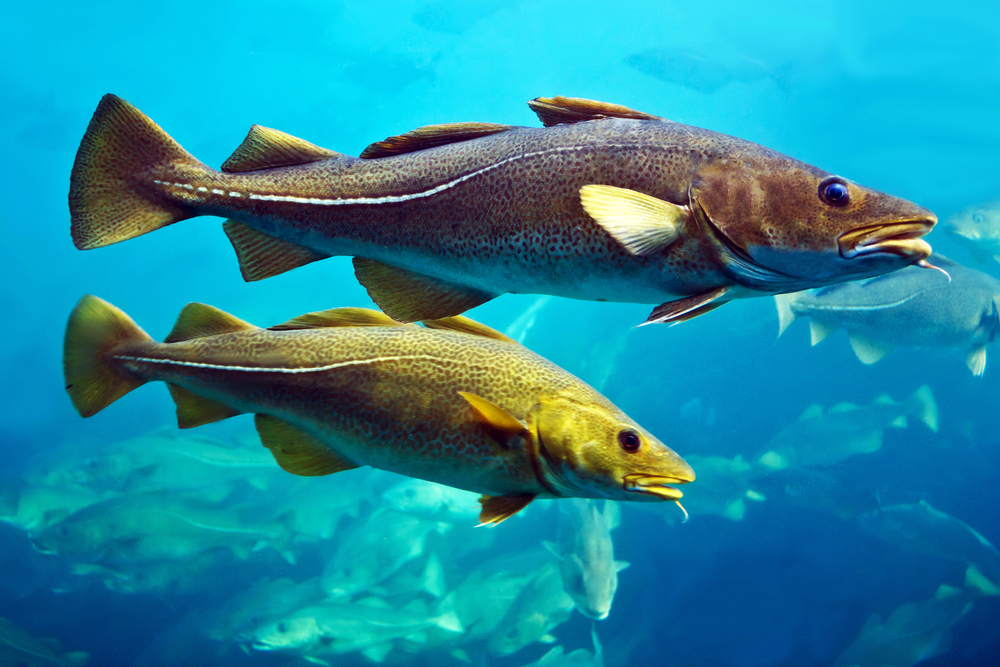
It's opened The fish book but the book is information about the main commercial fish, information about their catch, such as fishing areas, what time of year they are caught and the main fishing gear. With this electronic version of the Fish Book, it is possible to present a variety of information about fish and fish products, education and research related to them in a much more efficient and diverse way than is possible in a printed book.
The fish book is prepared in collaboration with Íslandsstofa, Association of Fish Processing Plants, now an association of companies in the fisheries sector (SFS), and Iceland Seafood International with support AVS Fisheries Research Fund.
The Fish Book was opened in the middle of a presentation by Matís employees on the multiplication of values for export to the Minister of Fisheries and Agriculture present at the conference Matvælalandinu in the last week.
Fiskbókin is the second in a series of electronic books from Matís than before The meat book been placed in the air.
The book is open to everyone for free use, however, the source should be mentioned if information from the book is used in any other publication. The book is stored in such a way that it can be printed out in its entirety, selected chapters or individual pages and used as part of promotional material. Each individual page is marked as the source and its content is unchanged.
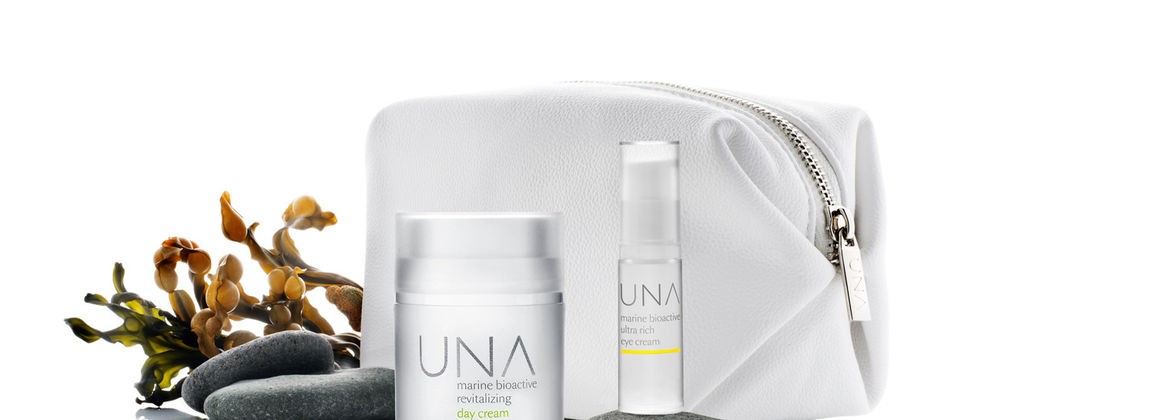
At the annual meeting Íslandsstofa received the company UNA skincare recognition for the best marketing and action plan in the export project Export increase and economic growth (ÚH).
UNA skincare ™ the skin products, came on the market in 2012. The research and development work of the product line took place in close collaboration with Matís, both in Reykjavík and in Sauðárkrókur.

executive director of UNA skincare
Photo: Arnaldur, from the website of Íslandsstofa
UNA skincare skin products contain unique bioactive substances made from Icelandic seaweed, but UNA skincare researchers have developed a unique method to isolate and produce the active ingredients from this underutilized Icelandic resource - a method that ensures maximum effectiveness and purity and the results of scientific research confirm that the products have a positive effect. on the skin.
For further information, contact Brynhildur Ingvarsdóttir, tel. 665-0101.

